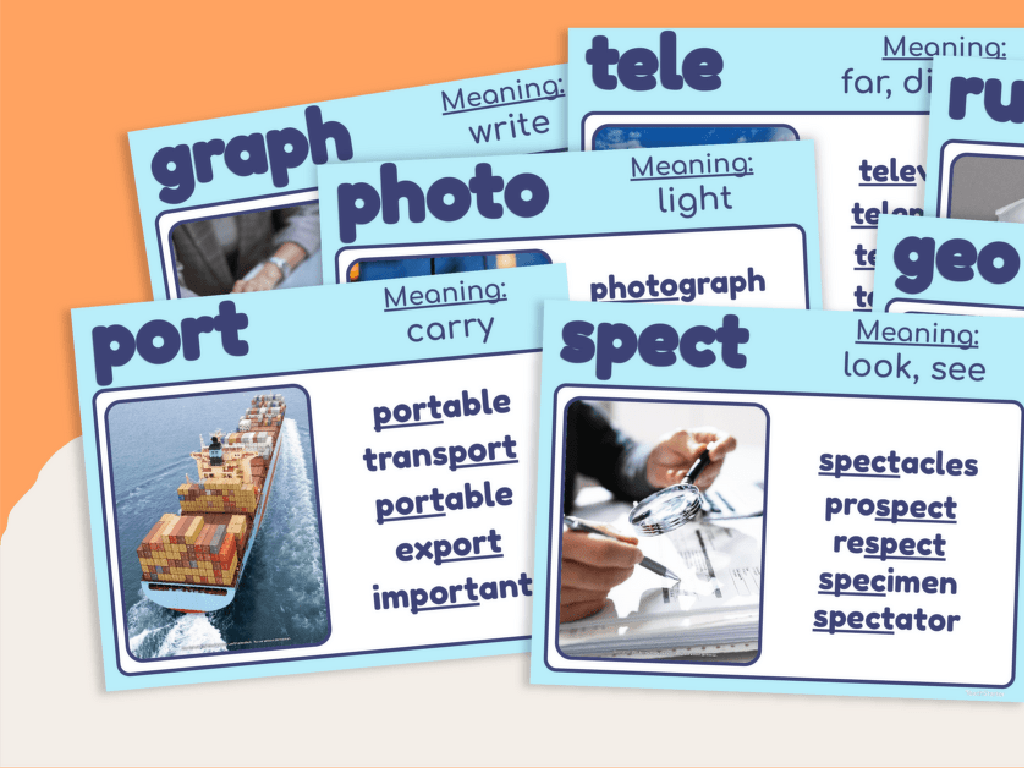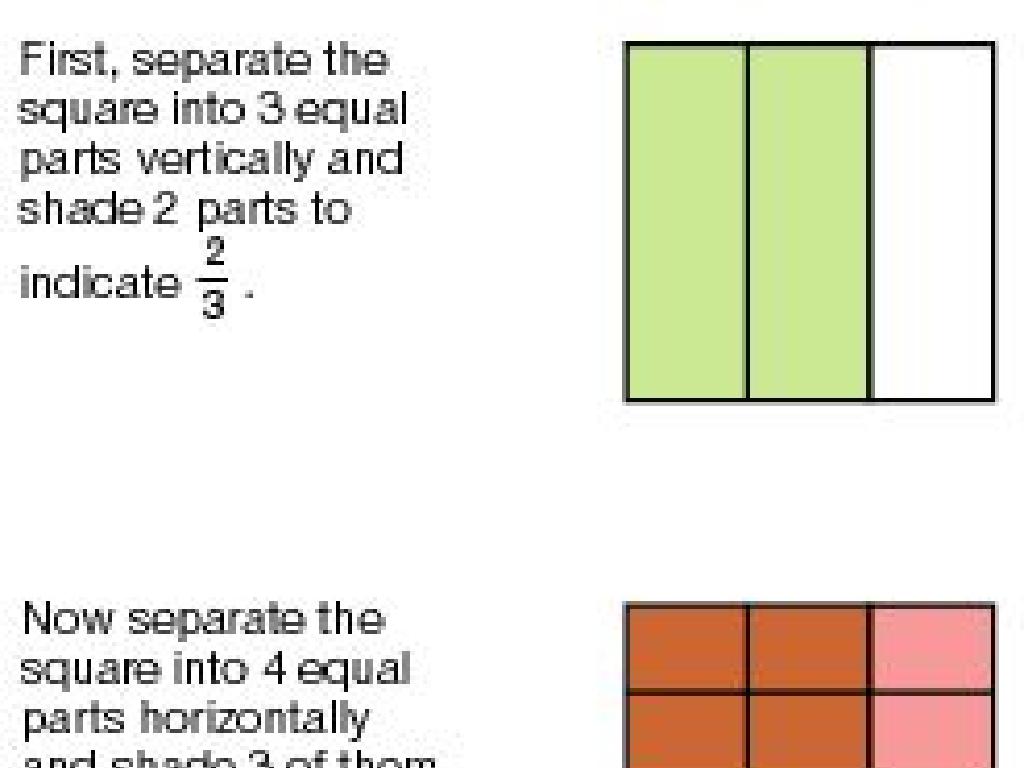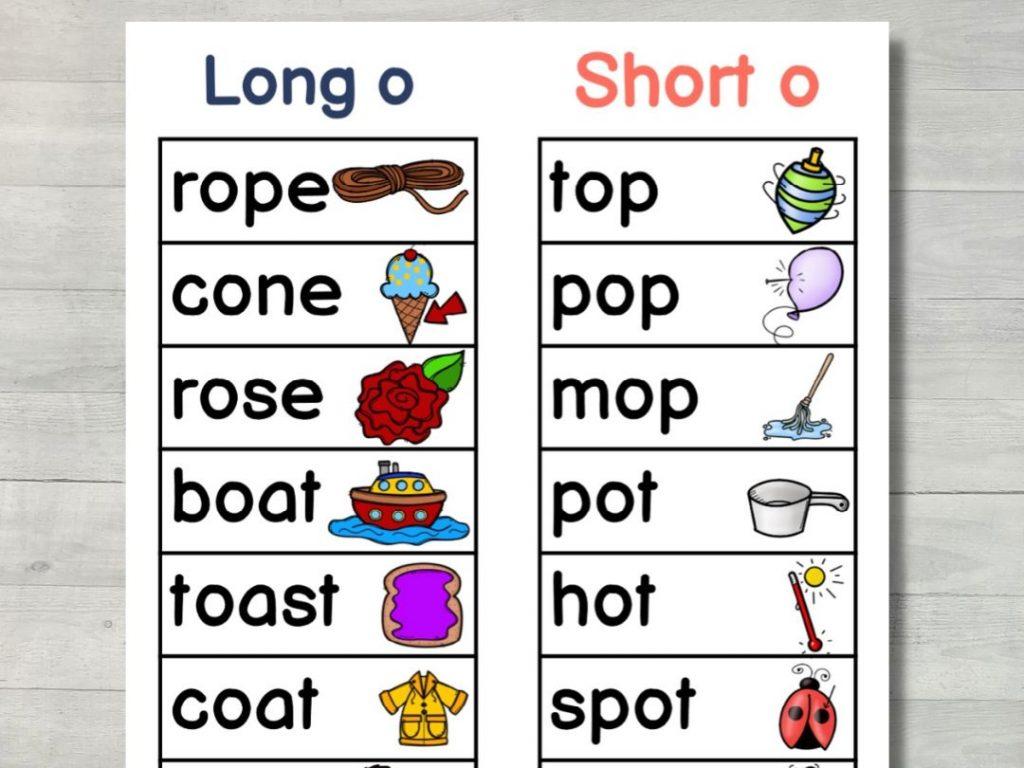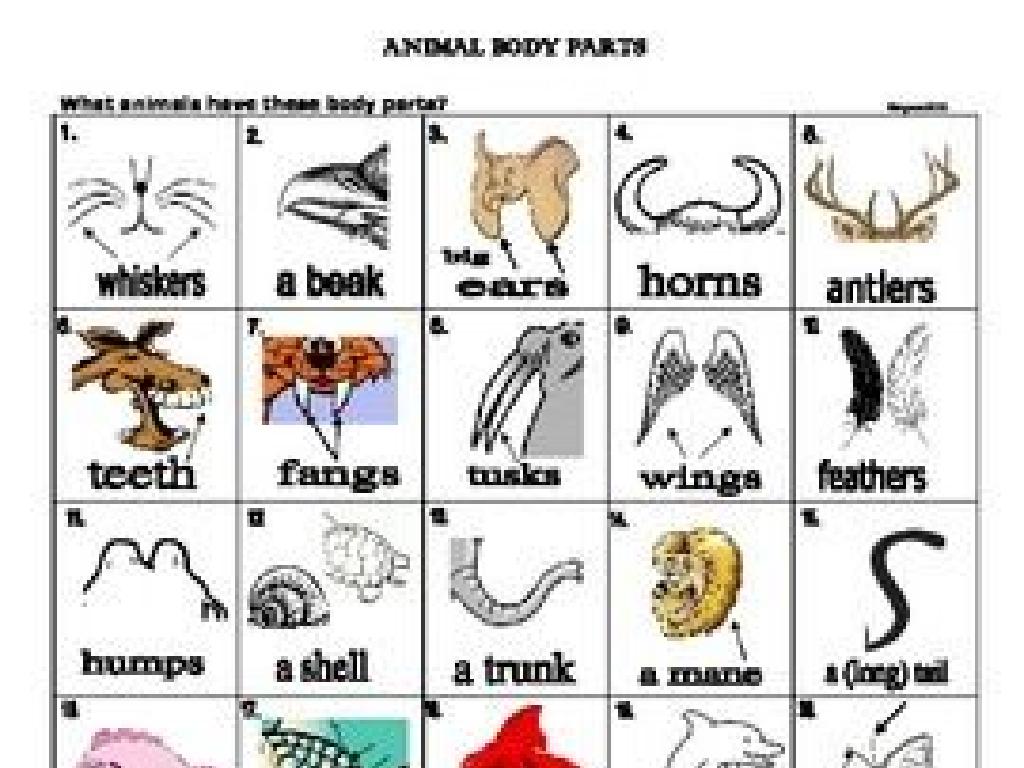Subtraction Facts - Up To 20
Subject: Math
Grade: First grade
Topic: Subtraction Up To 20
Summary: This first grade math presentation introduces subtraction facts up to 20 using fun, hands-on activities and relatable examples like cookies and apples. Students learn subtraction as taking away, practice with real objects, and engage with interactive games and stories. Concepts include understanding subtraction symbols and building quick recall of facts. The lesson promotes group participation and offers at-home practice, ensuring students build a solid foundation in basic subtraction.
Please LOG IN to download the presentation. Access is available to registered users only.
View More Content
Welcome to Subtraction!
– Learning to take away numbers
– Subtraction is like eating cookies
– If you have 5 cookies and eat 2, how many are left?
– Practice with numbers up to 20
– We’ll subtract numbers from 1 to 20
– Fun subtraction activities
– Use toys or fingers to subtract in class
|
This slide introduces first graders to the concept of subtraction as a fun and relatable activity, akin to eating cookies and seeing how many are left. Emphasize that subtraction is simply ‘taking away’ and use tangible examples like cookies to illustrate this point. During the lesson, engage the students with hands-on activities where they can physically remove items and count what remains to solidify their understanding. Encourage them to use their fingers or classroom objects to practice subtracting numbers up to 20. The goal is to make subtraction feel like a natural and straightforward process through interactive and enjoyable exercises.
Understanding Subtraction
– Subtraction means taking away
– Finding out how much is left
– Example: 10 apples minus 2
– If you start with 10 apples and give 2 away, you have 8 apples left.
– Practice with different numbers
– Try subtracting with numbers up to 20 to see what you get!
|
This slide introduces the concept of subtraction to first graders. Subtraction is explained as the process of taking away something from a group, which helps us find out how many are left. Use everyday examples, like apples, to make the concept relatable. Show that if you have a certain number of items and you give some away, subtraction helps you figure out the remaining amount. Encourage the students to practice subtracting with different numbers up to 20, using objects they can touch and count, like blocks or counters, to reinforce the concept. The goal is to make them comfortable with basic subtraction facts within 20.
Understanding Subtraction Symbols
– The minus sign (-) means take away
– Think of subtraction like taking some away from a group of items
– The equals sign (=) shows the result
– After subtracting, the equals sign tells us what we have left
– Example: 5 – 2 = 3
– From 5 apples, if we take 2 away, we have 3 apples left
|
This slide introduces the basic symbols used in subtraction: the minus sign and the equals sign. It’s crucial to ensure that students can recognize and understand the function of these symbols. The minus sign indicates that we are taking something away, and the equals sign helps us find out what remains after the subtraction. Use concrete examples like taking away items from a group to illustrate the concept. The example provided uses simple numbers within 20 to ensure it’s easily graspable for first graders. Encourage students to practice with physical objects like counters or drawings to visualize the subtraction process.
Fun with Subtraction Facts!
– Subtraction facts are math secrets
– Think of them as shortcuts to answer quickly
– They help us subtract fast
– Instead of counting, you’ll just know the answer!
– Learning facts can be fun
– We’ll discover these secrets together in class
– Practice makes perfect
|
This slide introduces the concept of subtraction facts to first graders, framing them as ‘quick math secrets’ to spark interest. Emphasize that knowing these facts allows students to subtract numbers up to 20 more quickly without having to count one by one. Engage the class with interactive activities where they can learn and practice these facts together. Incorporate games, flashcards, and group work to make the learning process enjoyable. Encourage students to practice regularly, as repetition will help them memorize these facts. The goal is for them to be able to recall subtraction facts swiftly and with confidence.
Let’s Practice Subtraction Together!
– Class subtraction exercise
– Solve problems as a group
– Example: 8 – 3
– What is 8 minus 3?
– Discuss the answer together
– Encourage participation to find the solution
|
This slide is designed to engage the entire class in a collaborative subtraction activity. Start by presenting a subtraction problem to the class and invite them to solve it together. Use simple problems that subtract one number from another within the range of 20, such as the example provided (8 – 3). Encourage students to raise their hands and participate in finding the answer. Reinforce the concept that subtraction means taking away and help them visualize the process, perhaps using physical objects or fingers to count down. This activity should be interactive and supportive, allowing students to build confidence in their subtraction skills. Prepare a variety of problems and consider pairing students to work on solving them together before discussing as a class.
Subtraction Story Time
– Read a subtraction story together
– Solve problems from the story
– Use the story’s events to subtract
– Listen and find ‘how many left?’
– Pay attention to the numbers in the story
– Practice with story problems
|
This slide introduces a storytelling approach to teach subtraction. The story will involve scenarios where characters have a certain number of items and lose some, allowing students to visualize the subtraction process. As you read, pause to solve subtraction problems that arise from the story, asking students ‘how many are left?’ to engage them. Encourage active listening and participation. After the story, have students practice with similar story problems, reinforcing the concept of subtraction by identifying the ‘minuend’ (what you start with), ‘subtrahend’ (what you take away), and ‘difference’ (what you have left). This method helps students understand subtraction as ‘taking away’ in a fun and relatable context.
Subtraction Game Time!
– Play a subtraction game
– Roll the dice to move
– Solve to keep your spot
– Use subtraction facts up to 20 to solve
– Help friends and have fun
|
This slide introduces a fun and interactive subtraction game to help first graders practice their subtraction facts up to 20. The game involves rolling dice, moving game pieces, and solving subtraction problems to advance. It’s designed to be played in small groups to encourage teamwork and peer learning. As students play, they should help each other with the subtraction problems, fostering a collaborative and supportive learning environment. For the teacher: Prepare dice and game pieces for each group. Create or obtain a game board with subtraction problems up to 20. Monitor the groups to ensure that each student is participating and offer guidance as needed. Possible variations of the game could include using flashcards, playing ‘Subtraction Bingo’, or creating a ‘Subtraction Race’ where students solve problems to move along a track.
Class Activity: Subtraction with Objects
– Start with 20 counters each
– Listen to the subtraction number
– Remove that many counters
– Observe how many are left
– Count the remaining counters to see the result
|
This activity is designed to provide hands-on experience with subtraction for first-grade students. By physically manipulating objects, students can visually and tangibly understand what it means to subtract. Begin by distributing 20 counters to each student. Then, call out a number to subtract, and have the students remove that number of counters from their pile. After they have removed the counters, ask them to count how many they have left to determine the answer to the subtraction problem. This concrete approach helps solidify the concept of taking away and finding the difference. Possible variations of the activity could include subtracting different amounts, using different objects, or pairing students to subtract from each other’s piles.
Subtraction Facts Review
– Recap of today’s subtraction
– Share a subtraction fact
– Maybe something like 15 – 7?
– Ask your subtraction questions
– It’s okay to be curious and ask!
– Practice makes perfect!
|
This slide is aimed at reviewing what the students have learned about subtraction facts up to 20. Start by asking the class to recall the main points from today’s lesson. Encourage participation by asking them to share a subtraction fact they remember. This could be a simple fact like ‘9 – 4′ or a more complex one like ’18 – 9’. Open the floor for any questions the students might have about subtraction, reassuring them that it’s okay to have questions and that you’re there to help. To conclude, remind them that practicing these subtraction facts will help them get better at it. For the activity, consider having students write down their favorite subtraction fact, draw a picture to illustrate it, or come up to the board to solve a subtraction problem.
Homework Challenge: Subtraction Practice
– Take home your subtraction worksheet
– Solve each problem carefully
– Use today’s subtraction methods
– Remember to subtract smaller numbers from bigger ones
– Show your completed work tomorrow
|
This slide is designed to reinforce the subtraction skills learned in class by providing students with a worksheet to practice at home. The worksheet should consist of subtraction problems that do not exceed 20, ensuring that the problems are appropriate for first graders. Encourage students to use the methods taught in class, such as counting backwards or using number lines. Remind them to check their work for accuracy. The next day, review the worksheets to celebrate their efforts and address any common mistakes. This will help solidify their understanding of subtraction facts up to 20.





